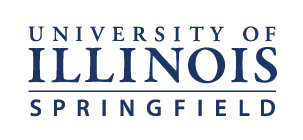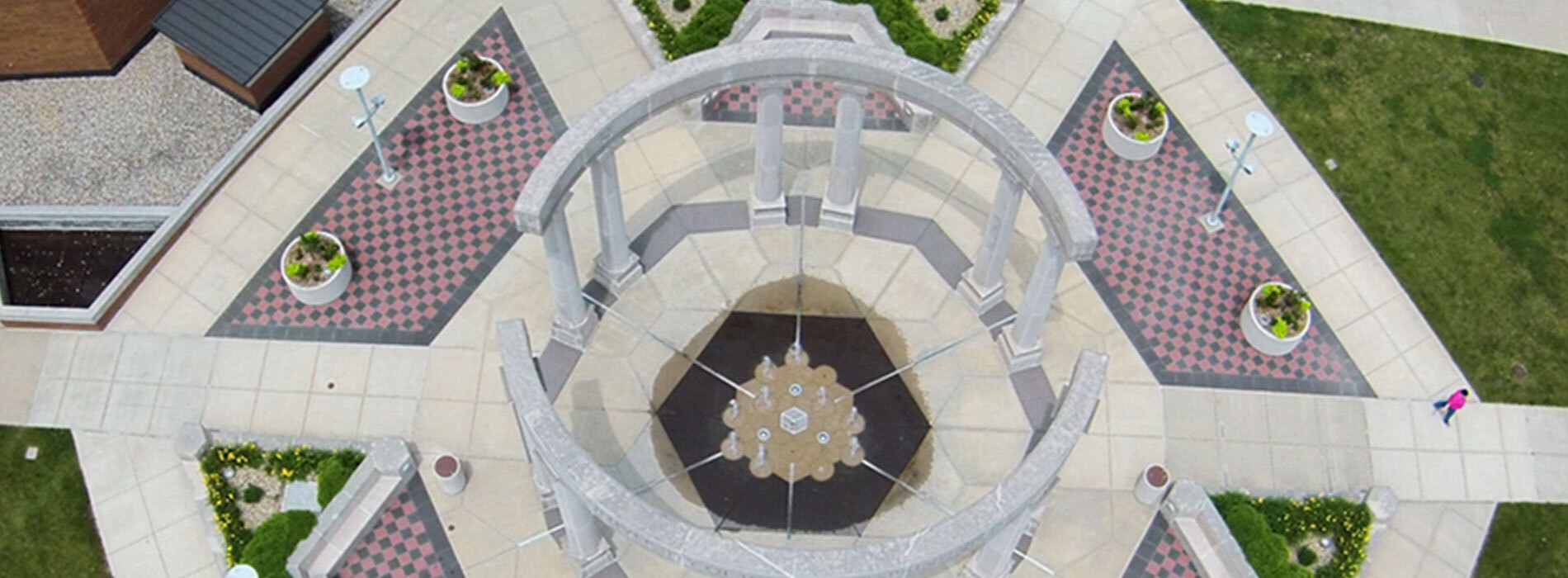History of SSU-UIS: Lasting Pursuit
(The following article is one of three that were printed in a special section of the State Journal Register published in conjunction with the 25th anniversary of SSU/UIS.)
September 21, 1995
Pursuit of higher education lasted decades
Many false starts in Springfield preceded establishment of SSU
By Doug Pokorski
It takes nearly two full years between the time a female elephant becomes pregnant and when she gives birth. That’s an impressive gestation period, but the birth of a university can take much, much longer. Case in point – Sangamon State University, which opened its doors to students 25 years ago today. The interval between the conception of a broad-based, comprehensive institution of higher education in Springfield and the materialization of Sangamon State was at least a decade. Arguably, the birth of the university took half a century.
As early as 1920 there was talk in Springfield about creating an Abraham Lincoln University, which would have been located on a rolling, partially wooded tract of land in what is now the village of Jerome. According to a history of SSU by Dean DeBolt, an early university archivist, that plan fell through because supporters were unable to raise $1 million to build the university.
Nearly 30 years would pass before another attempt was made to establish a four-year college or university in Springfield.
Late in 1959, Springfield School Superintendent Donald Dunnan proposed forming a city college – possibly by building a new public high school and converting Springfield High School into a four-year liberal arts college.
By 1963, Dunnan said, as many as 150 qualified city high school graduates would be unable to further their education because of overcrowding at existing institutions.
Mayor Lester Collins and city business leaders formed a committee to explore the possibility. Headed by attorney George Hoffman, the committee looked into changing Springfield Junior College (now Springfield College in Illinois) into a four-year institution.
The panel also examined the possibility of getting some outside source to form a college. Both options were ruled out as being too costly.
In March of 1961, the committee, known as the Springfield Committee for Higher Education, attempted to pass a referendum to establish a public junior college in Springfield. That effort also failed. Over the next few years, the committee initiated discussions with the University fo Illinois about establishing a U of I branch.
Southern Illinois University also expressed an interest in having a Springfield branch.
Other local leaders became involved in the committee’s efforts, including state Scholl Superintendent Pay Page; William Chamberlain, a circuit judge who had held a number of important positions in state government; and J.A.G. Preus, president of Concordia Seminary, then located in Springfield. Hoffman, Chamberlain, Page and Preus were later to be given much of the credit for the creation of SSU.
A number of studies and other activities were conducted in hopes of bringing a four-year college to the city, but success was elusive.
About the same time, the newly formed Illinois Board of Higher Education was getting into the act, putting together a master plan for the state’s “system of systems” of higher education.
IBHE approval would be needed to establish a university in Springfield, but the state board complicated the debate by insisting that no four-year school be established in a community that did not have “comprehensive” junior college. (Springfield Junior College was not considered comprehensive, in part because it did not admit all high school graduates.)
Fortunately, the IBHE had also initiated efforts to build a system of community colleges in Illinois. That move would lead to the establishment of Lincoln Land Community College and clear at least one obstacle to the formation of SSU.
In December of 1966, the IBHE released its master plan, which included a recommendation that the state establish an “upper division” university in Springfield. Upper division schools have only junior, seniors and sometimes graduate students.
The upper division concept was a popular one in higher education circles in the 1960s but was chosen in Springfield for more political reasons.
Original IBHE plans called for creation of four for-year public universities to cope with baby-boom generation then entering the state’s colleges and universities. However, the Illinois Association of Independent Colleges saw the proposed four-year schools as direct competitors for students.
To deal with the association’s objections, a mini-summit conference was held on the second of the old Leland Hotel, according to James worthy, who headed the commission that drew up the IBHE master plan. “Present were representatives of the Board of Higher Education, the Association of Independent Colleges and the heads of the education committees of the two houses of the legislature.” Worthy said in a 1992 interview with The State-Journal Register. “The meeting lasted well into the night.”
What came out of that meeting, which some reports said involved the consumption of large quantities of brandy and cigars, was a compromise that contained three elements. Instead of four new public universities, there would be two: one in the Chicago area and one in or near Springfield.
In addition, the legislature would provide more funds to help the independent colleges. Finally, the two new public universities would be upper-division schools.
The IBHE’s recommendation marked progress, but a number of issues still needed to be resolved, including who would govern the new university.
“The U of I wanted (the new Springfield school) very badly and made a strong effort to secure the school,” Worthy said. SIU also continued to be interested.
However, instead of making the new college part of either university, state officials put the new school under the governance of the state Board of Regents, a newly formed board that also oversaw Illinois State University and Northern Illinois University.
“We did not want a carbon copy of another school,” Worthy said. “We did not want a university that would have its curriculum and its programs pulled off the shelf and simply carried over to Springfield. We wanted a school to be responsive to the special needs and opportunities of the area.”
The law that officially created Sangamon State University was signed by Gov. Richard Ogilvie on June 10, 1969.
After looking at several possible locations, including prohibitively expensive sites in downtown Springfield, and area of farmland near Lake Springfield had been chosen as the home of both SSU and Lincoln Land.
However, the legislature had not provided the money to buy all the land needed, so a private million-dollar fund-raising drive was launched.
“It was the easiest money I ever saw raised,” said George Hatmaker, the former president of Franklin Life who co-chaired the fund-raising committee. “Everybody was enthusiastic. It caught people’s fancy. They just wanted that educational institution there … If anybody said no (to a request for a donation), I don’t know who it was.”
The Board of Regents also began a national search for a president for the new university. The search was unusual in that the board served as its own search committee, according to Frank Matsler, then chief executive officer to the board.
Bob Spencer, dean of the graduate school at the University of Rhode Island, was chosen as SSU’s founding president in September of 1969. That same month, the university began renting administrative offices in the Myers Building in downtown Springfield.
About the same time, Joseph Murphy, former dean of the school of architecture at Washington University, was hired to design the new campus. Ground was broken for the first campus buildings on June 10, 1970. As soon as Spencer took office, he began recruiting faculty and administrators, advertising in national publications. His goal was to have the university up and running by the fall of 1970. Moving so rapidly would mean the new faculty would have to design SSU’s curriculum and its administrative structures from the ground up at the same time as they were preparing themselves to accommodate the first students.
It might have been easier to allow more time – say an additional year – before starting classes. But Spencer and Matsler felt a sense of urgency.
“There was a fear that the legislature would change its mind (about SSU’s existence),” Spencer said in a recent interview.
Said Matsler: “We were nervous that the legislature would dis-establish us, so we were determined to start in 1970.”
SSU opened for its first day of classes on Sept. 21, 1970, with a total of 630 students.


